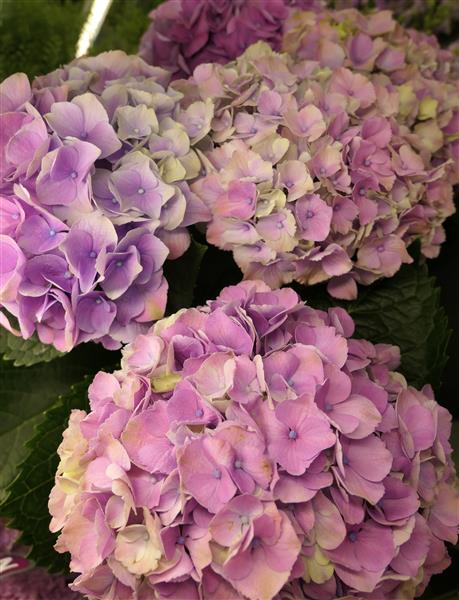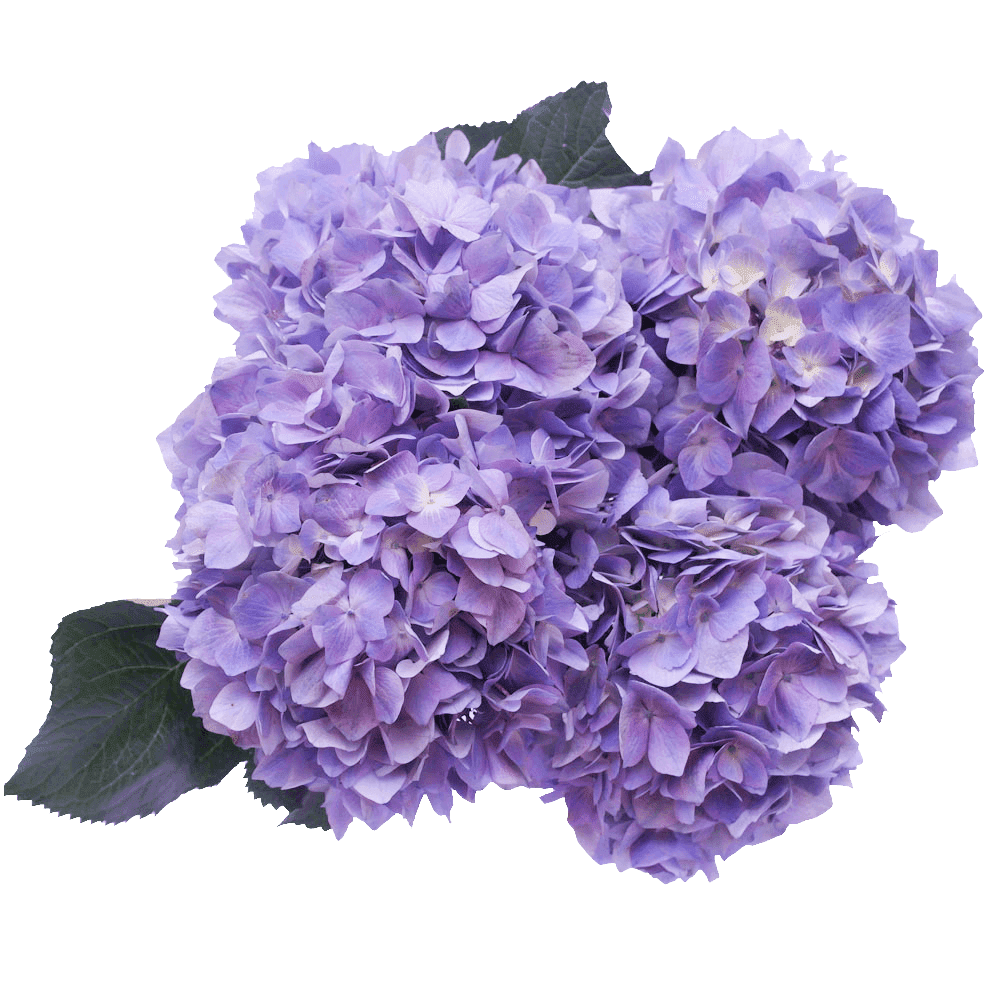Lilac Hydrangeas: The Ultimate Guide To Growing And Caring For These Beautiful Blooms
Lilac hydrangeas are a beautiful and versatile addition to any garden. They are known for their large, showy blooms that can range in color from white to pink to blue. Lilac hydrangeas are also relatively easy to care for, making them a good choice for even the most novice gardener.
In this blog post, we will provide you with the ultimate guide to growing and caring for lilac hydrangeas. We will cover everything from choosing the right location to planting and pruning. We will also discuss how to control pests and diseases and how to extend the bloom time of your lilac hydrangeas.
Choosing the Right Location
The first step to growing lilac hydrangeas is to choose the right location. Lilac hydrangeas prefer full sun to partial shade. They also need well-drained soil. If your soil is heavy clay, you may need to add some sand or compost to improve drainage.
Planting Lilac Hydrangeas
The best time to plant lilac hydrangeas is in the spring or fall. When planting, dig a hole that is twice as wide and as deep as the root ball of the plant. Backfill the hole with soil and water the plant well.
Pruning Lilac Hydrangeas
Lilac hydrangeas do not need to be pruned heavily. However, you should remove any dead, diseased, or damaged branches in the spring. You can also prune lilac hydrangeas to shape them or to control their size.
Controlling Pests and Diseases
Lilac hydrangeas are relatively pest- and disease-resistant. However, they can be susceptible to aphids, scale, and powdery mildew. If you see any pests or diseases on your lilac hydrangeas, you can treat them with an insecticidal soap or fungicide.
Extending the Bloom Time
The bloom time of lilac hydrangeas can be extended by deadheading the flowers. Deadheading is the process of removing spent flowers. This will encourage the plant to produce more flowers.
Conclusion
Lilac hydrangeas are a beautiful and versatile addition to any garden. With proper care, they will provide you with years of enjoyment.
Lilac hydrangeas are a beautiful and versatile flowering shrub that can add a touch of elegance to any garden. These plants are known for their large, panicle-shaped blooms that can range in color from pale lilac to deep purple. Lilac hydrangeas are also relatively easy to care for, making them a good choice for even novice gardeners.
If you're interested in learning more about lilac hydrangeas, I recommend visiting the . This website has a wealth of information about the plant, including its history, care requirements, and propagation methods. You can also find photos of lilac hydrangeas in bloom, as well as tips on how to incorporate them into your garden design.
FAQ of lilac hydrangea
Q: What is a lilac hydrangea?
A lilac hydrangea is a type of hydrangea that blooms in shades of lilac, blue, or pink. It is a deciduous shrub that can grow up to 6 feet tall. Lilac hydrangeas are known for their large, showy flowers that bloom in late spring to early summer.
Q: How do I care for a lilac hydrangea?
Lilac hydrangeas are relatively easy to care for. They prefer full sun to partial shade and moist, well-drained soil. They should be watered regularly, especially during the summer months. Lilac hydrangeas can be pruned in the early spring to remove dead or damaged branches.
Q: What are the different colors of lilac hydrangeas?
The color of lilac hydrangeas can vary depending on the soil pH. In acidic soil, lilac hydrangeas will bloom in shades of blue. In alkaline soil, they will bloom in shades of pink. If you want to change the color of your lilac hydrangea, you can amend the soil with sulfur to make it more acidic, or with lime to make it more alkaline.
Q: How do I deadhead a lilac hydrangea?
Deadheading is the process of removing spent flowers from a plant. This will encourage the plant to produce more flowers. To deadhead a lilac hydrangea, simply pinch off the spent flowers at the base of the stem.
Q: What are some pests and diseases that can affect lilac hydrangeas?
Lilac hydrangeas are susceptible to a few pests and diseases, including aphids, scale, and powdery mildew. Aphids are small, soft-bodied insects that can suck the sap from leaves and stems. Scale is a type of insect that attaches itself to leaves and stems. Powdery mildew is a fungus that can cause white, powdery spots on leaves. If you notice any pests or diseases on your lilac hydrangea, you can treat them with insecticidal soap, neem oil, or fungicide.
Image of lilac hydrangea
- Image 1: A large lilac hydrangea bush in full bloom. The flowers are a deep purple-blue color and are arranged in large, rounded clusters. The bush is surrounded by lush green foliage.

- Image 2: A close-up of a single lilac hydrangea flower. The flower is a delicate shade of lilac-pink and has a slightly ruffled edge. The center of the flower is filled with tiny, white stamens.

- Image 3: A lilac hydrangea in a vase. The flowers are a light lilac color and are arranged in a loose, cascading bouquet. The vase is filled with water and rocks.

- Image 4: A lilac hydrangea in a garden. The bush is surrounded by other flowers, including roses, lilies, and delphiniums. The garden is in full bloom and is a riot of color.

- Image 5: A lilac hydrangea in a pot. The bush is planted in a large, terracotta pot and is placed on a patio. The pot is surrounded by pots of other flowers, including geraniums, petunias, and marigolds.

Post a Comment for "Lilac Hydrangeas: The Ultimate Guide To Growing And Caring For These Beautiful Blooms"